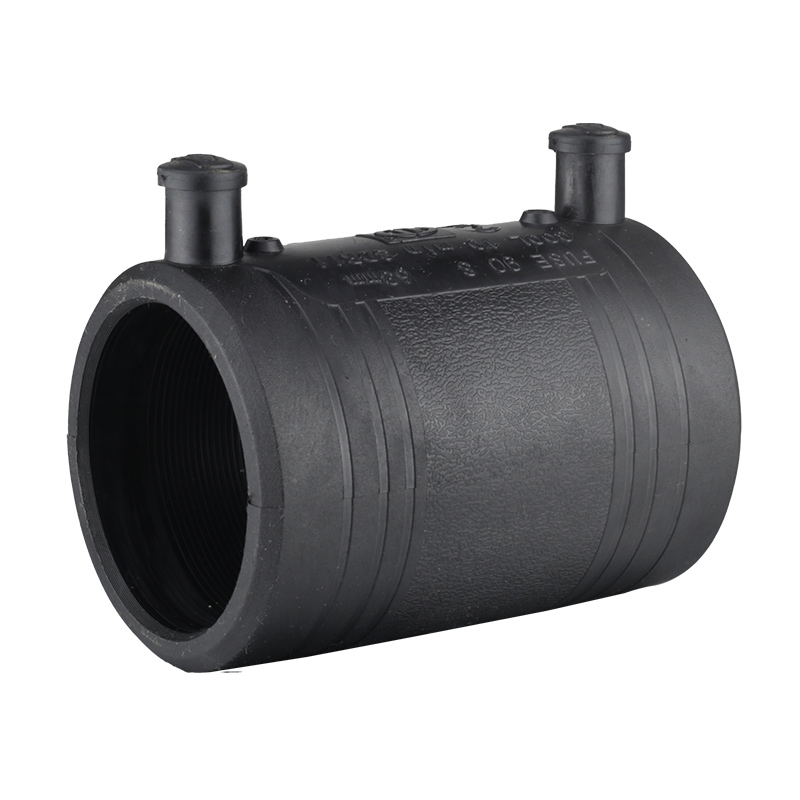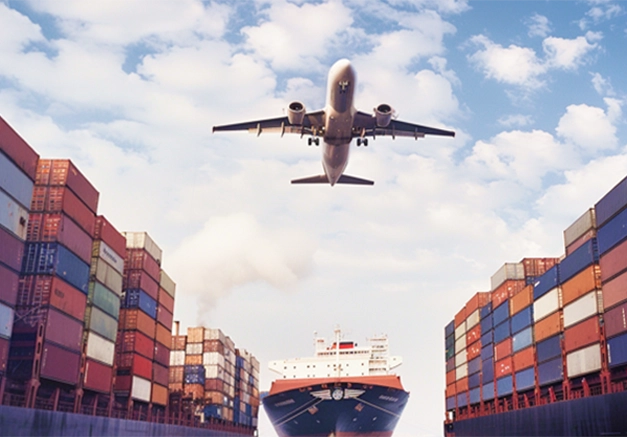Public transport plays a pivotal role in modern society, providing a lifeline for millions of people worldwide. With various modes of transportation available, it becomes crucial to determine which form of public transport holds the utmost importance. In this article, we will delve into the intricacies of different modes of public transport and analyze their significance, ultimately unveiling the most vital mode of commuting.
- The Efficiency of Railways:
Railways have long been regarded as a cornerstone of public transport systems. Their ability to transport large numbers of passengers quickly and efficiently makes them a crucial mode of commuting in densely populated areas. With their dedicated tracks and high-speed capabilities, trains offer a reliable and time-saving option for daily commuters. Additionally, railways often serve as the backbone for intercity and international travel, connecting regions and fostering economic growth. - The Flexibility of Buses:
Buses, on the other hand, provide a versatile and flexible mode of public transport. Their extensive network covers both urban and rural areas, ensuring accessibility for individuals who reside in areas not served by railways. Buses offer the advantage of multiple stops, allowing passengers to embark and disembark at various locations, catering to their specific needs. Moreover, the affordability of bus fares makes them an attractive option for individuals seeking cost-effective transportation. - The Sustainability of Cycling:
In recent years, cycling has emerged as a sustainable and eco-friendly mode of public transport. With growing concerns about environmental degradation and the need for reducing carbon emissions, cycling presents a viable solution. Not only does it promote physical fitness and well-being, but it also reduces traffic congestion and contributes to a cleaner environment. Cycling infrastructure, such as dedicated lanes and bike-sharing programs, further enhances its accessibility and popularity. - The Innovation of Emerging Technologies:
As technology continues to advance, new forms of public transport are emerging. Electric vehicles, autonomous shuttles, and hyperloop systems are revolutionizing the way we commute. These innovative modes offer the potential for faster, greener, and more efficient transportation. While still in their early stages, these technologies hold immense promise for the future of public transport, addressing the challenges of urbanization and sustainability.
Conclusion:
After careful analysis, it is evident that determining the most important form of public transport is a complex task. Each mode of transportation serves a unique purpose and caters to different needs. However, considering the overall impact on society, the efficiency and connectivity provided by railways make them the most vital mode of commuting. Railways not only facilitate daily travel but also foster economic growth and regional integration. Nevertheless, the importance of buses, cycling, and emerging technologies should not be undermined, as they contribute to a comprehensive and sustainable public transport ecosystem. By embracing a multimodal approach, societies can ensure efficient, accessible, and environmentally friendly transportation for all.










+ There are no comments
Add yours